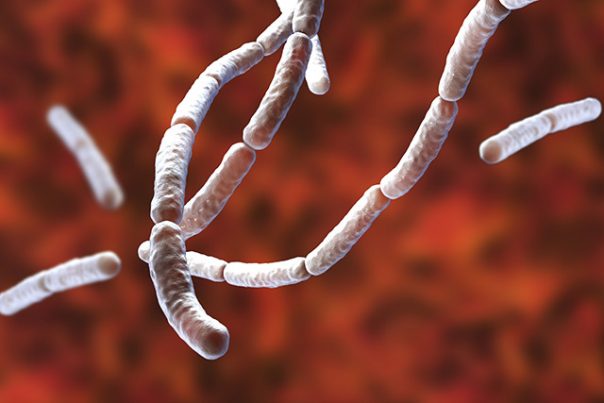
Propineb — toxicity, side effects, diseases and environmental impacts
Thursday, November 16, 2017 by Michelle Simmons
http://www.naturalpedia.com/propineb-toxicity-side-effects-diseases-and-environmental-impacts.html

Propineb is a fungicide that is directly applied to the leaves of the plants. It is solid in form and has a white or slight yellow color. It has long residual activity and belongs to the group of compounds known as the dithiocarbamate group. It is used as a protective chemical used on various crops for a variety of fungi, such as Oomycetes, Ascomycetes, Basidiomycetes, and Fungi imperfecti. This fungicide is used against blight on potatoes and tomatoes, downy mildew on hops and vines, apple scab, blue mold on tobacco, and Sigatoka disease of bananas. In addition, propineb can be used on other plants such as gooseberries, black currants, celery, and cereals. This fungicide is applied as a spray, and can also be applied together with oxadixyl, carbendazim, copper oxychloride, triadimefon or cymoxanil. Propineb has the molecular formula of C5H8N2S4Zn .
List of known side effects
There are several known side effects of propineb on humans. One of these side effects is it can harm an unborn child through exposure. The chemical can also potentially reduce fertility. Moreover, long term exposure to high dust concentrations can cause adverse effects in the lungs, such as breathlessness. In addition, it may also cause birth defects, cancer, and male infertility. Likewise, it may cause overactivity of the thyroid gland or goiter and nerve disorders. Acute health effects of propineb include muscle weakness, flushing, breathing difficulties, nausea, vomiting, and low blood pressure. Moreover, exposure to high doses may lead to loss of appetite, squinting, excessive production of saliva, watery eyes, labored breathing, reduced body temperature, incoordination, depression, and rapid muscle twitching. If the chemical comes in contact with the eyes, it may result to tearing or redness in the eyes.
The environmental harm that propineb can cause affects the aquatic life the most, as it can contaminate the aquatic environment with long lasting effects.
Body systems affected by propineb
Exposure to propineb can cause damage to the integumentary system, particularly the skin, as it may cause skin sensitization and allergic skin reactions. In addition, it can adversely affect the reproductive system by causing infertility. Furthermore, it may cause developmental problems to an unborn baby.
Items that can contain propineb
According to an entry by Sitem.Herts.AC.uk, propineb can be found in fungicide products that is used to fight downy mildew, black rots, gray molds, scab, leaf spots, and blossom wilt in different plants, such as grapes, tomatoes, potatoes, pome fruits, onions, bell peppers, and melons. Some of the products that use propineb include Melody Duo, Antracol, Aerial, and Agrocol.
How to avoid propineb
There are several methods to avoid propineb when handling it. One of these ways is to use a respirator to prevent inhalation of the chemical. To protect the eyes, it is a must to use safety glasses with side shields or chemical goggles. To avoid skin contact, wearing chemical protective gloves, safety footwear or safety gumboots, and protective clothing are advised.
Where to learn more
Summary
Propineb is a fungicide that is directly applied to the leaves of the plants. It is in solid form that has a white or slight yellow color. The fungicide is used to fight against downy mildew, black rots, gray molds, scab, leaf spots, and blossom wilt in different plants, such as grapes, tomatoes, potatoes, pome fruits, onions, bell peppers, and melons.
Chronic exposure to propineb can cause developmental problems in an unborn child, infertility, breathlessness, and even cancer.
Acute exposure to propineb can cause muscle weakness, flushing, breathing difficulties, nausea, vomiting, and low blood pressure.
Propineb can adversely affect the integumentary and reproductive systems.
Propineb is toxic to aquatic animals.
Sources include:
Tagged Under: Tags: propineb






